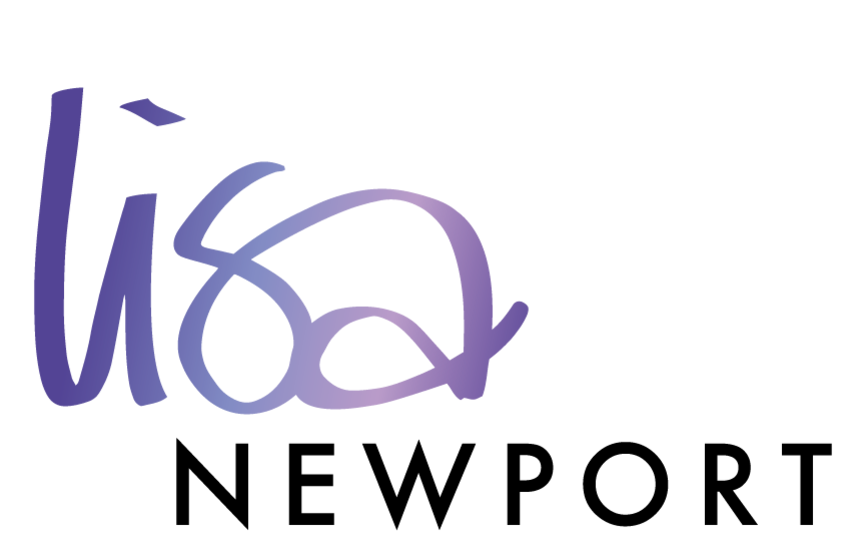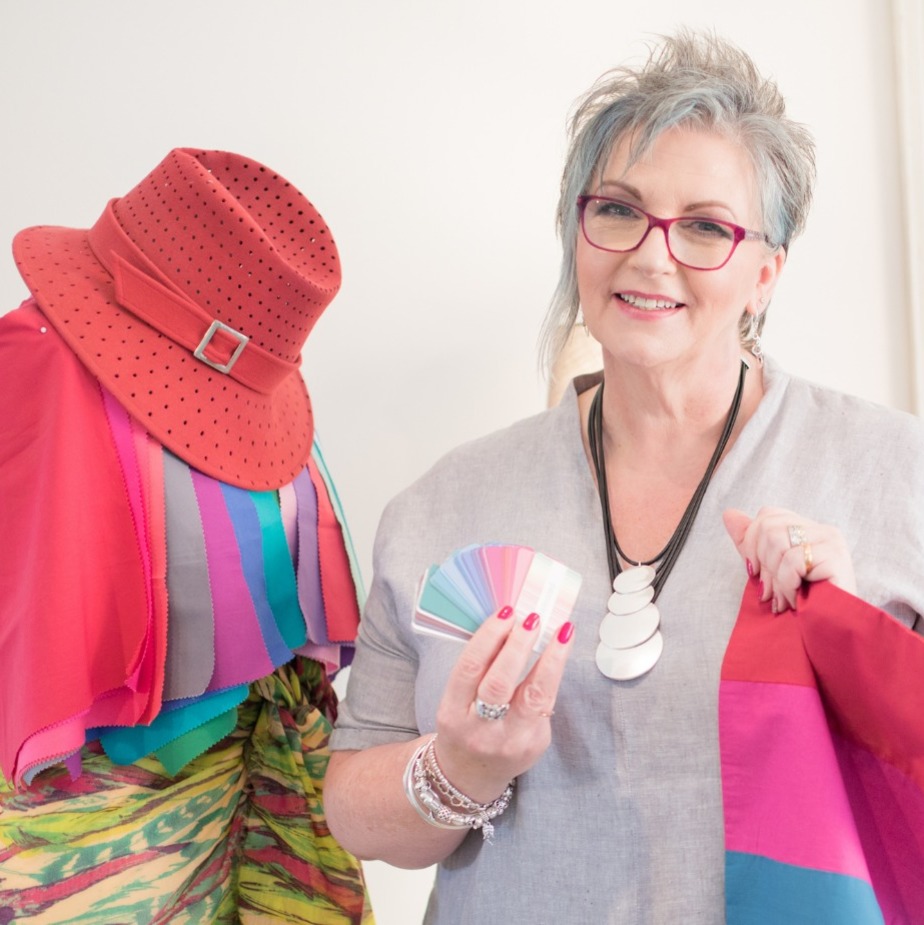How to tell if a colour suits you
Why some colours make you look better than others
Last week in my Project FAB! membership group we used our weekly Zoom training session to explore the colour wheel. I delivered the session on the theory and everyone on the call actually coloured in the wheel. Being able to recognise the temperature of colours a good skill to have as it can help you to work out why some colours make your skin look good and others make you look like death warmed up. I'm going to share that information with you in this article. (More info on how to join the community at 2021 prices here)
The session was primarily designed to help my clients get to grips with the difference between warm and cool versions of colours – otherwise known as the undertone. For your skin to glow and your eyes to pop you’ll want to wear colours that are harmonious with your skin undertone.
Knowing this will take the mystery and misery out of clothes shopping so that you don’t waste your precious time and money buying things that don’t actually do you any favours. It helps you understand how colour can affect how you look, why some colours make you appear fresher and feel great when you wear them.
It also helps you understand how to put colour combinations together so that they work well. You end up with fewer wardrobe malfunctions and expensive mistakes that end up unworn, languishing at the back of the wardrobe taking up space before you finally get around to donating them to charity.
Basics of colour analysis
You can do this by working out what your natural ‘colour characteristics’ are and then replicating them in your clothing. This is linked to the combination of your hair, eyes and skin. Your skin plays the biggest part in determining your undertone. In the simplest of terms, you will have warm or cool undertones in your skin.
Obviously, there is very warm at one end of the spectrum and very cool at the other end, with every step in between, so it’s not possible to take you through every nuance in this article but just understanding the basics will help.
If your undertones are cool your skin might be rosy in complexion. Check a vein if it appears blueish you probably fall into the cool category. Your hair will have no red tones.
If your undertones are warm your skin might be golden in complexion. Check a vein if it appears greenish you probably fall into the warm category. Your hair may have some red tones.
Think about whether you look best in bright orange (warm) or shocking pink (cool), bright apple green (warm) or royal blue (cool), cream/off white (warm) or pure white (cool). You can do the blink test to help you. Hold the colour under your chin, close your eyes and then open them quickly – what do you notice first? Your face or the colour? If it’s the colour, then that’s not good. You want to wear the colour, not have the colour wearing you.
If you think that you need more makeup, a brighter lipstick or a tan to ‘get away’ with a colour then that would suggest it’s not one of your best ones to go for.
Remember - If you would like a personalised reading, I can do one of those for you online and you’ll receive a 50-colour bespoke swatch, back up resources and a full 60-minute session with me over Zoom. Maybe pop it in your Christmas list and have a voucher as a pressie.Full details here.
How to tell if a colour is warm or cool
Back to my explanation on how you determine whether a colour is cool or warm …
It is possible to mix all the colours in a 12 spoke colour wheel from the 3 primary colours of red, yellow and blue if you are using paints. Red and yellow are both warm colours and blue is cool.
If you take the primary colours and mix them together you get secondary colours.
Yellow (warm) + blue (cool) = green
Red (warm) + blue (cool) = purple
Red (warm) + yellow (warm) = orange
There are warm and cool versions of every colour except orange and here’s why -warm versions of a colour have more yellow in them and cool versions have more blue in their mix. If you notice above, orange is made up by mixing two warm colours together. There isn’t a cool version of it as there is no blue, orange is ‘double warm’. Therefore, orange will only suit you if you personally have warm undertones, it does not suit anyone with cool undertones to their skin.
A colour wheel is basically a circular rainbow, where are the colours sit nicely next to each other, the most common ones you will see are divided up into 12 sections. They contain primary, secondary and tertiary colours – the tertiaries are the bridges that nestle in between the primaries and secondaries.
Like when you used to get those big felt tip or colouring pencil sets as a kid for Christmas it would go from red through to orange then yellow to green etc. If you looked closely you would see it actually went red, orangey red, reddy orange, orange, yellowy orange, orangey yellow, yellow, greeny yellow, yellowy green, green.
Identifying warm and cool colours
Be able to identify these tertiary level colours is where the real magic kicks in when it comes to wearing colour.
Think of these guidelines:
If you have WARM undertones the colours on the warm side of the colour wheel will suit you best eg. pure warm colours are the red, orange and yellow
Look for the warm tertiary colours such as orangey red, reddy orange, orange, yellowy orange, orangey yellow, yellow, greeny yellow, yellowy green
If you have COOL undertones the colours on the cool side of the colour wheel will suit you best eg. Blue and purple
Look for the cool tertiary colours such as purply red, reddy purple, bluey green, greeny blue
If you want to really get to grips with recognising the warm and cool versions of a colour try mixing them with the primary colours in paint – it is a good exercise to do and will accelerate your depth of knowledge greatly. You should be able to notice what happens to green when you add more yellow (warm) or blue (cool). You just need the 3 primary colours, a brush, a water pot and a plate to mix them on.
If you have my Project FAB! book there is a more detailed explanation of how to self asses which colours suit you in the Shades section (page 81) it includes a colour wheel and if you go to the secret page on my website as indicated you can watch the accompanying video. If you haven’t got your copy of the book yet either get it from Amazon or direct from me here’s the link – it will make a great present too!
Share this post:












